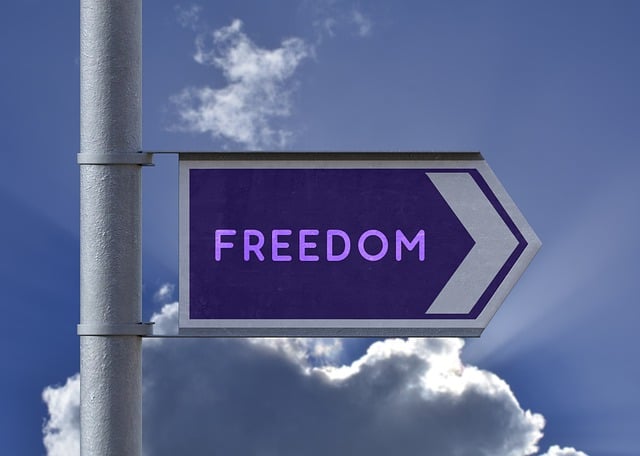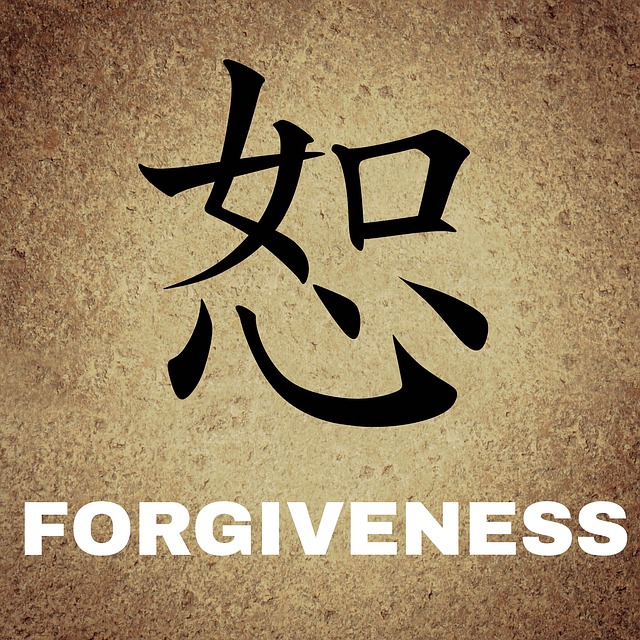Lion’s Roar provides a deep resource base for developing an insight into Buddhism. The website provides a full glossary of key Buddhist concepts, traditions and terms as well as an extensive library of audios (advice and meditations), in-depth articles and guides for meditations).
In one of the many audio resources, Sharon Salzberg , author and mindfulness meditation teacher, interviewed Buddhist teacher, Dzogchen Ponlop Rinpoche. The discussion covered the topic, How to Work with Your Emotions. Dzogchen Ponlop is the author of the classic book, Emotional Rescue: How to Work with Your Emotions to Transform Hurt and Confusion into Energy That Empowers You.
Emotions as energy
Hilary Stokes, PhD and Kim Ward, PhD point out that the word “emotion” derives from the Latin, “emotere” which literally means “energy in motion”. They draw on the work of Barbara Frederickson, positive psychology pioneer, to show that challenging emotions such as fear, resentment, anger and frustration can constrict our thinking. Because we tend to focus on the inherent threat of these emotions, we effectively block out new ideas and create barriers to building “resources and relationships”.
Dzogchen Donlop stated that as a teenager he was angry and vengeful but eventually realised that he had a choice in how he worked with emotional energy. Viktor Frankl reminded us that between stimulus and response there is a gap and in that gap lies the freedom of choice. The energy of emotions can undermine us or empower us and we have a choice in how we manage the power of emotional energy..
Moving emotional energy
Hilary and Kim maintain that we can sense emotional energy moving through our body and it can be experienced either as expansion (e.g. feelings such as happiness, joy, calm) or contraction (feelings such as sadness, anger, envy or resentment). While emotional energy itself is neutral in nature, it is perceived as either positive or negative based on our interpretation of the associated feelings and bodily sensations. We ascribe meaning to emotional energy based on our inherent assumptions, life experiences and thought patterns (e.g. optimism or pessimism).
By their very nature as energy, emotions are “meant to be felt and released”, not “suppressed and ignored”. Hilary and Kim argue that burying emotions rather than releasing them results in “low emotional intelligence and stress burnout”.
In the interview with Dzogchen Ponlop, Sharon Salzberg described a situation where she was participating in an intense meditation training course when the Buddhist meditation teacher challenged her about how she was dealing with her sadness at the loss of a friend. She tended to bottle it up because she thought “negative emotions” were “not approved”. However, the Buddhist teacher advised her “to cry your heart out” to release the energy of her emotions. She was advised not to push her emotions away or to be “embarrassed by them”. Instead, she was encouraged to “have a relationship” with her feelings.
Dzogchen Ponlop, in the interview discussion, suggested that we notice how energy of an emotion changes over time, it “never stays the same”. He argues that when we experience an emotion we should not “judge it” or “conceptualize a storyline” – not try to work out how it arose.
Working with emotions to release emotional energy
Hilary and Kim maintain that bodily sensations provide the key to unlocking emotional energy, removing limiting thought patterns and overcoming stress. They suggest that thought-based approaches are limited in shifting ingrained, suppressed feelings. In their view, sensations provide reliable information about bodily and emotional states. They point to the growth of somatic therapy to deal with trauma and adverse childhood experiences, including processes such as somatic experiencing.
Hilary and Kim advocate an approach to releasing emotional energy that they call “bodymind listening”. They argue that if you “allow your body to feel the feelings”, you will be able to access “insightful, accurate, and practical guidance” in the form of messages that can lead you to identify limiting thought patterns, facilitate release of emotional energy and heal your body and mind.
The process of “feeling the feelings” requires openness and curiosity (a mindfulness orientation) and suspension of rationalisations, justifications, judgments and “righteous protection”. To this end, Hilary and Kim offer a meditation on Emotions are Energy for releasing stress, letting go of stuck emotions and strengthening the connection between mind and body.
Reflection
Challenging emotions can be experienced as positive as they can serve to awaken us to a “sense of disorder” when our body-mind is seeking homeostasis. Fear, for example, warns us of danger and is essential for maintaining life and survival. Emotions, too, can open our hearts and enable us to express vulnerability and build relationships.
I recently experienced anger and resentment over a particular incident at a sporting event. I found that I kept playing the incident over and over in my head, developing justifications for my “righteous anger” and, in the process, intensifying my negative feelings. This experience proved to be quite disturbing – upsetting my equanimity.
A reflection on resentment helped me to put the issue in perspective. However, from the above discussion I gleaned that I need to “feel the feelings” (without the contaminating influence of the rational brain), in order to heal at a deeper level.
As we get in touch with our feelings and our bodily sensations, we can grow in mindfulness and develop a deepened awareness of our limiting thought patterns and access creative options for healing and personal growth.
________________________________________________________
Image by Alexander Antropov from Pixabay
By Ron Passfield- Copyright (Creative Commons license, Attribution-Non-Commercial -No Derivatives.
Disclosure: If you purchase a product through this site, I may earn a commission which will help to pay for the site, the associated Meetup group and the resources to support the blog.










